Softhouse
In 2o2o, I put up an exhibition called Softhouse with Hyden Richer.
Softness in object means various things to us which reflect differently in the curation of work. Whether it is made out of a soft material, or hard material with texture that is soft to the touch; it is monochromatic; it has an accepting and caring personality; it slows down paces and keep us around. Soft could mean that it’s not trying to achieve a goal to its extreme. It could be slightly ‘soft’, radically ‘soft’ or somewhere in the middle. When we are defining softness, we also thought about what isn’t soft. Our obsession with functionality and a scale that is usable reference a modernist mindset, from which the more that ideal diffuses, the softer it becomes. The journey toward softness is the exploration that’s stepping away from modernism. Away from a look of unified finishness, refinement and a marketable comfortability. Rather, it is about what is ideal outside of the hero shot, away from the smiley couple interacting with a touch screen refrigerator.
I image a world, or at least our closest living environment, filled with items that allow us to have a soft gaze, quiet conversation, and a humble touch. I image walking in a space that the artworks or designs are not competing for attention – they are made by different people in different location and timeline, but that matters little compared to the atmosphere they create as a whole. They evoke feelings that cannot be described by academic languages that had slowly become blanket statements for the purpose of elevation of the work, but rather petite, trivial, or even indescribable that are much more important and interesting to us.
Throughout the preparation of Softhouse, the world experiences change rapidly. A global pandemic outburst. People were killed by virus, iganorance and racism. We were faced with things that are too difficult to understand and too painful to talk about on a daily basis. We had to stop and re-examine Softhouse. Should we continue? Does it have any significance or value to the world? Why is softness important in forms outside of design? Why does design even matter?
I read the term “radically soft” through Be Oakley’s “Radical Softness as a Form of Boundless Resistance”, published through Gender Fail, in which the importance of softness, vulnerability and sensibility was celebrated among political movements, manifestations and self-organized assemblies. This term appeared even earlier in Lora Mathis’s work “radical softness as a weapon” – “To work against a patriarchal system is to tear down the stigma which binds us and separates us. To embrace our vulnerability, our pain, our wide-range of emotions; to recognize the power in communities of care and support; to see the strength in healing; to view others in their hurt; this is to know our power”. Liu Yu, a Chinese scholar and writer, said in a recent interview that, translated at my best ability, “ the world need people that are gentle and determined”. Being extreme is too tempting, for the certainty, the pride, the confidence, and the ease of mind of taking a stand over another despite the conversation is more than a yes, no or I don’t care – In fact, It feels difficult to start, uncertain to continue, painful to find allies and bittersweet to move forward. Navigating with gentleness and determination through the uncertainty, the shapeless blur becomes a daily practice.
Moving towards softness as a material and formal language. In ‘The Poetics of Softness’ by Max Kozloff, Softness in Claes Oldenburg’s work is described to abolish distinction, between furniture and sculpture, growth and degeneration. For us, that further goes into abolishing the distinction between home and museum, gathering object as a way to live and collecting artwork for the value. The product here is not mysterious, it is made by hand and machine, and valued through use. It is cared for but not necessarily protected. In this process, as the maker and user, we are finding our work speaks our language, acts like us while teaches us things. How long are you willing to look at a mundane object? How much time would you spare to read more than the headline of an article and formulize an opinion?
We see softness in design has power in making objects our companions; the realization of the care and labor makes us empathic in taking care of the object, ourselves and others; the form and assembly makes us curious in engaging with our surroundings even more. For something that is measured, assembled, polished softly, we handle, use, pass on them with care as well. When a soft object is placed in a room, it occupies the room by claiming it a safe space for a mental break - a world that is not screaming for purchase, vote, or a headliner. It makes us remember the empty space as well. At this moment, we need a friend more than a world savior, and we need to be one for others.
To be soft also means to acknowledge design normality. Design in our ideal is never a heroic act and it is not done with the intention of saving the world. People has been practicing it without calling it designing. It needs to be shared and understood. Needless to say, having the means to have a design to be fabricated is and has always been a privilege. It is presented to designers and the few people it serves. Most design movement, even with its best intention, the end result wanders away.
Softhouse is a space for design works of a common nostalgia—an appreciation of material just being material, natural over synthetic, non-gendered objects over masculinely machined shelf goods. We want to have these conversations of what it means to be making or showing works like these in Detroit, where the production line started. How can we reflect on processes and trends that happened since the industrial revolution, be selective, and move forward critically. How do we return the sense of care and meaning to objects when having the resources and urgency to work efficiently with tools and machinery. We risk losing touch of the material, lacking iteration. It is freeing the labor at the cost of energy, water and other natural resources for something that are going to be thrown away.
![]()
![]()
![]()
![]()
![]()
![]()
Artists/Designers whose work was in this exhibition:
Donut Shop, Evan Fay, Zhihao Guo, Laith Karmo, Josephine Matte Larsen, Li Chen, Michael Neville, Ato (Kwamena Takyi) Ribeiro, Hayden Allison Richer, Austin Swick and Colin Tury.
Softness in object means various things to us which reflect differently in the curation of work. Whether it is made out of a soft material, or hard material with texture that is soft to the touch; it is monochromatic; it has an accepting and caring personality; it slows down paces and keep us around. Soft could mean that it’s not trying to achieve a goal to its extreme. It could be slightly ‘soft’, radically ‘soft’ or somewhere in the middle. When we are defining softness, we also thought about what isn’t soft. Our obsession with functionality and a scale that is usable reference a modernist mindset, from which the more that ideal diffuses, the softer it becomes. The journey toward softness is the exploration that’s stepping away from modernism. Away from a look of unified finishness, refinement and a marketable comfortability. Rather, it is about what is ideal outside of the hero shot, away from the smiley couple interacting with a touch screen refrigerator.
I image a world, or at least our closest living environment, filled with items that allow us to have a soft gaze, quiet conversation, and a humble touch. I image walking in a space that the artworks or designs are not competing for attention – they are made by different people in different location and timeline, but that matters little compared to the atmosphere they create as a whole. They evoke feelings that cannot be described by academic languages that had slowly become blanket statements for the purpose of elevation of the work, but rather petite, trivial, or even indescribable that are much more important and interesting to us.
Throughout the preparation of Softhouse, the world experiences change rapidly. A global pandemic outburst. People were killed by virus, iganorance and racism. We were faced with things that are too difficult to understand and too painful to talk about on a daily basis. We had to stop and re-examine Softhouse. Should we continue? Does it have any significance or value to the world? Why is softness important in forms outside of design? Why does design even matter?
I read the term “radically soft” through Be Oakley’s “Radical Softness as a Form of Boundless Resistance”, published through Gender Fail, in which the importance of softness, vulnerability and sensibility was celebrated among political movements, manifestations and self-organized assemblies. This term appeared even earlier in Lora Mathis’s work “radical softness as a weapon” – “To work against a patriarchal system is to tear down the stigma which binds us and separates us. To embrace our vulnerability, our pain, our wide-range of emotions; to recognize the power in communities of care and support; to see the strength in healing; to view others in their hurt; this is to know our power”. Liu Yu, a Chinese scholar and writer, said in a recent interview that, translated at my best ability, “ the world need people that are gentle and determined”. Being extreme is too tempting, for the certainty, the pride, the confidence, and the ease of mind of taking a stand over another despite the conversation is more than a yes, no or I don’t care – In fact, It feels difficult to start, uncertain to continue, painful to find allies and bittersweet to move forward. Navigating with gentleness and determination through the uncertainty, the shapeless blur becomes a daily practice.
Moving towards softness as a material and formal language. In ‘The Poetics of Softness’ by Max Kozloff, Softness in Claes Oldenburg’s work is described to abolish distinction, between furniture and sculpture, growth and degeneration. For us, that further goes into abolishing the distinction between home and museum, gathering object as a way to live and collecting artwork for the value. The product here is not mysterious, it is made by hand and machine, and valued through use. It is cared for but not necessarily protected. In this process, as the maker and user, we are finding our work speaks our language, acts like us while teaches us things. How long are you willing to look at a mundane object? How much time would you spare to read more than the headline of an article and formulize an opinion?
We see softness in design has power in making objects our companions; the realization of the care and labor makes us empathic in taking care of the object, ourselves and others; the form and assembly makes us curious in engaging with our surroundings even more. For something that is measured, assembled, polished softly, we handle, use, pass on them with care as well. When a soft object is placed in a room, it occupies the room by claiming it a safe space for a mental break - a world that is not screaming for purchase, vote, or a headliner. It makes us remember the empty space as well. At this moment, we need a friend more than a world savior, and we need to be one for others.
To be soft also means to acknowledge design normality. Design in our ideal is never a heroic act and it is not done with the intention of saving the world. People has been practicing it without calling it designing. It needs to be shared and understood. Needless to say, having the means to have a design to be fabricated is and has always been a privilege. It is presented to designers and the few people it serves. Most design movement, even with its best intention, the end result wanders away.
Softhouse is a space for design works of a common nostalgia—an appreciation of material just being material, natural over synthetic, non-gendered objects over masculinely machined shelf goods. We want to have these conversations of what it means to be making or showing works like these in Detroit, where the production line started. How can we reflect on processes and trends that happened since the industrial revolution, be selective, and move forward critically. How do we return the sense of care and meaning to objects when having the resources and urgency to work efficiently with tools and machinery. We risk losing touch of the material, lacking iteration. It is freeing the labor at the cost of energy, water and other natural resources for something that are going to be thrown away.
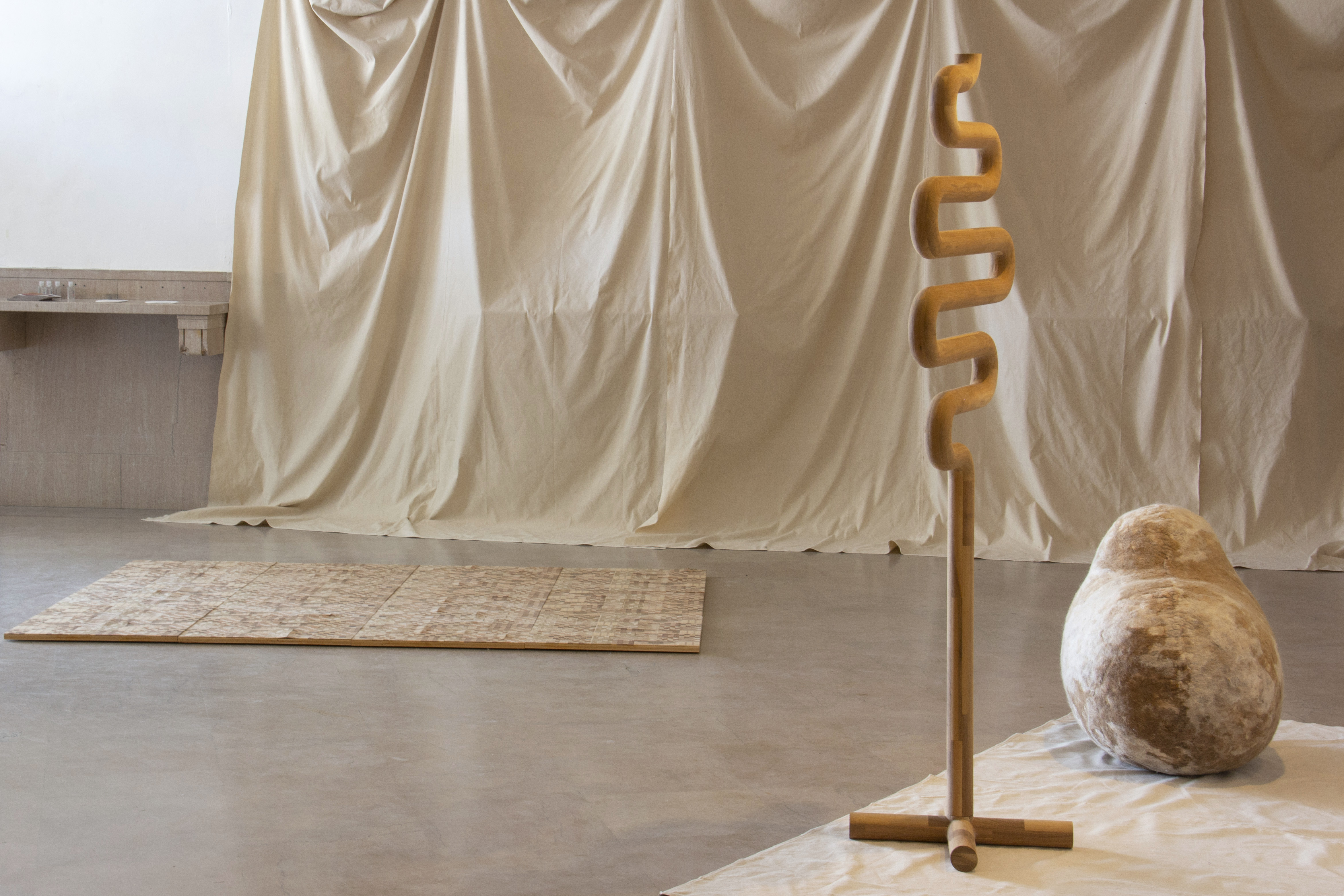
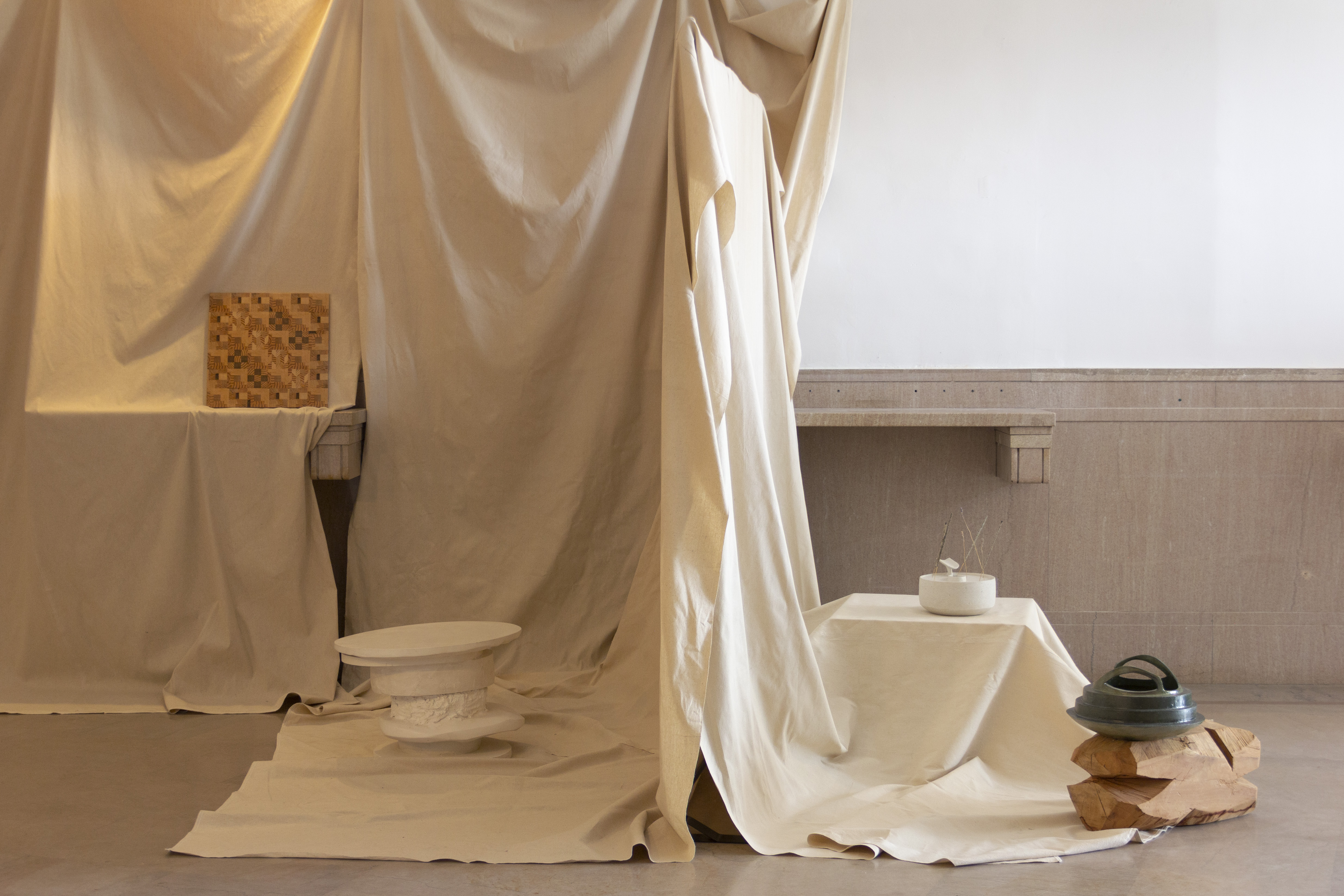
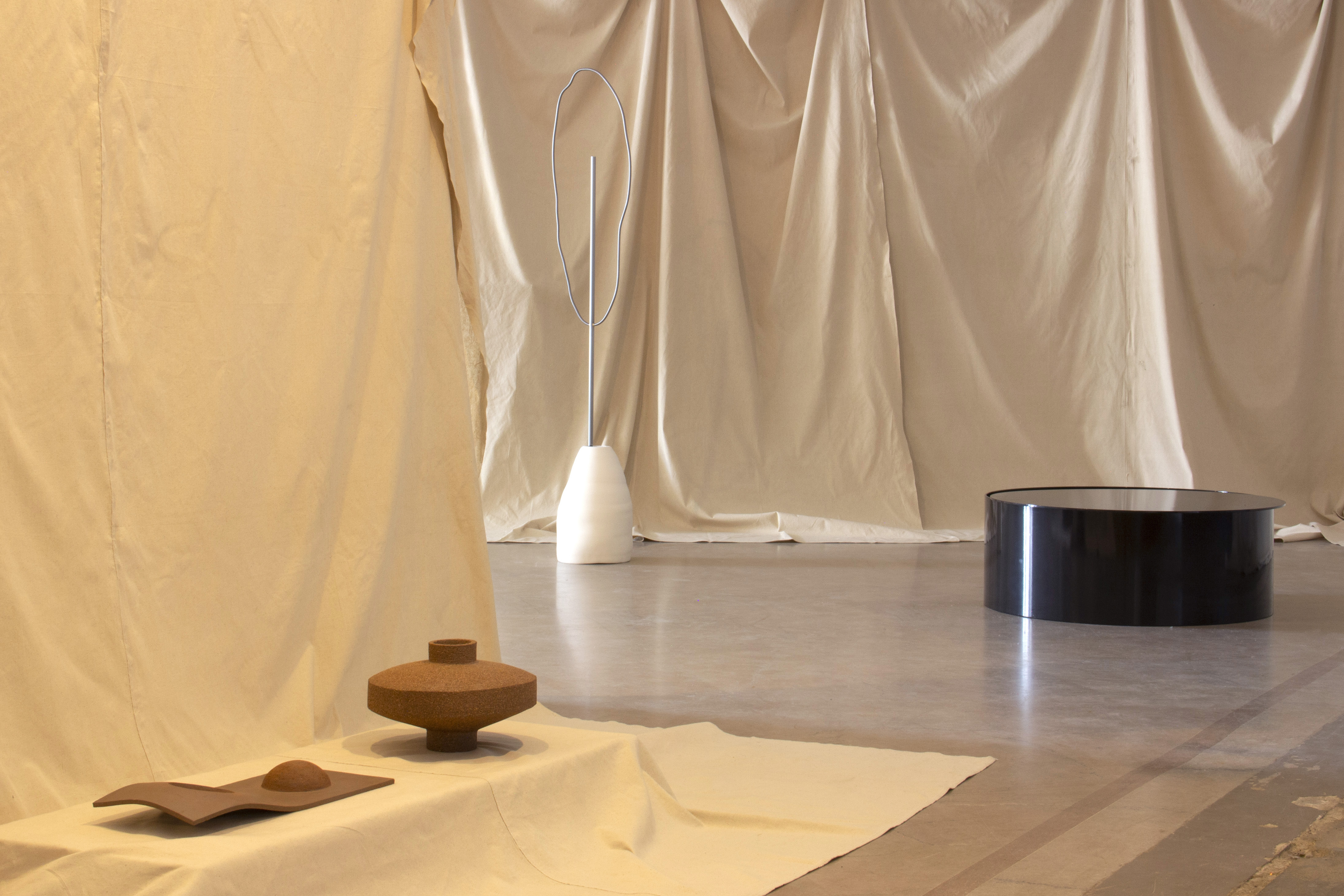
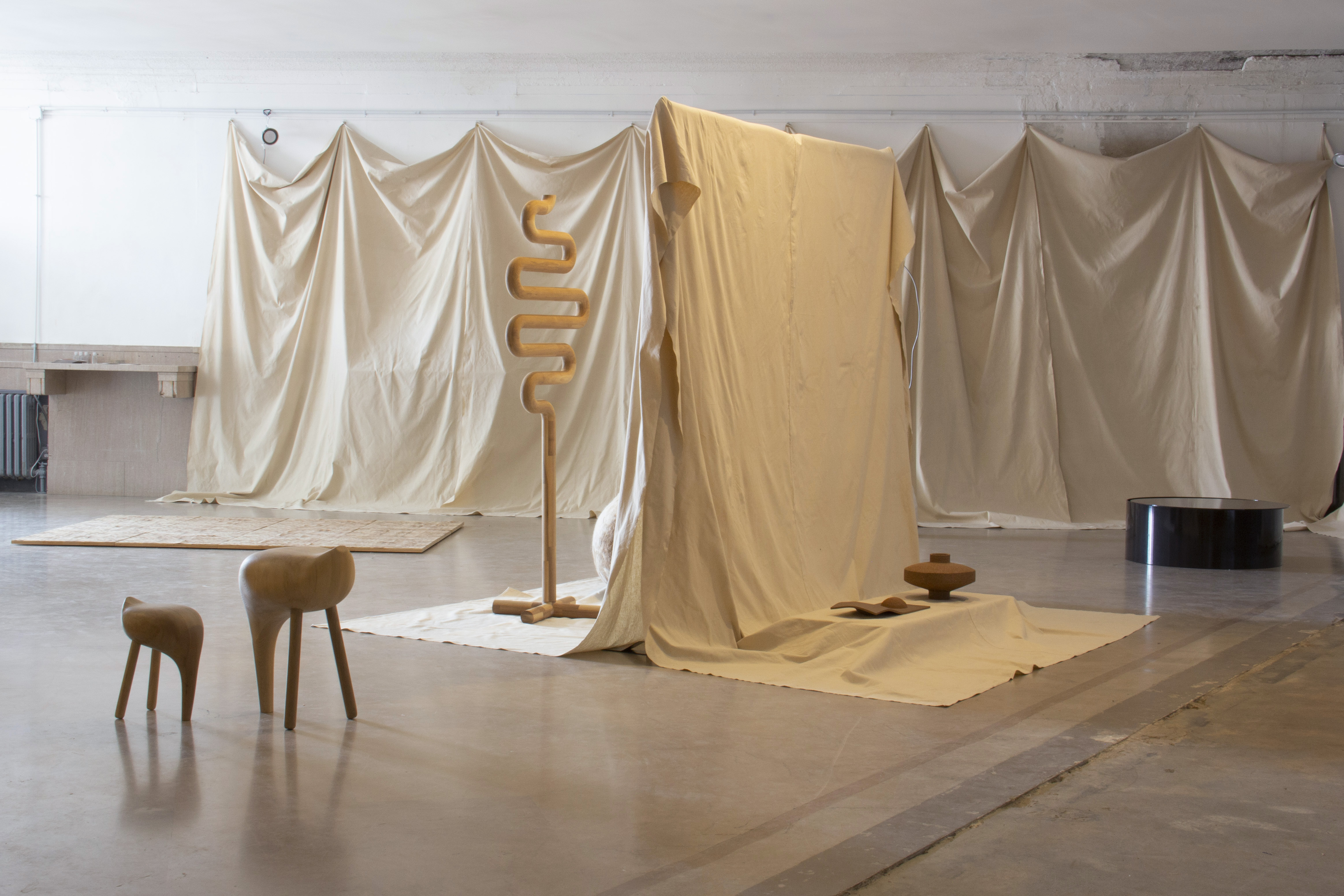

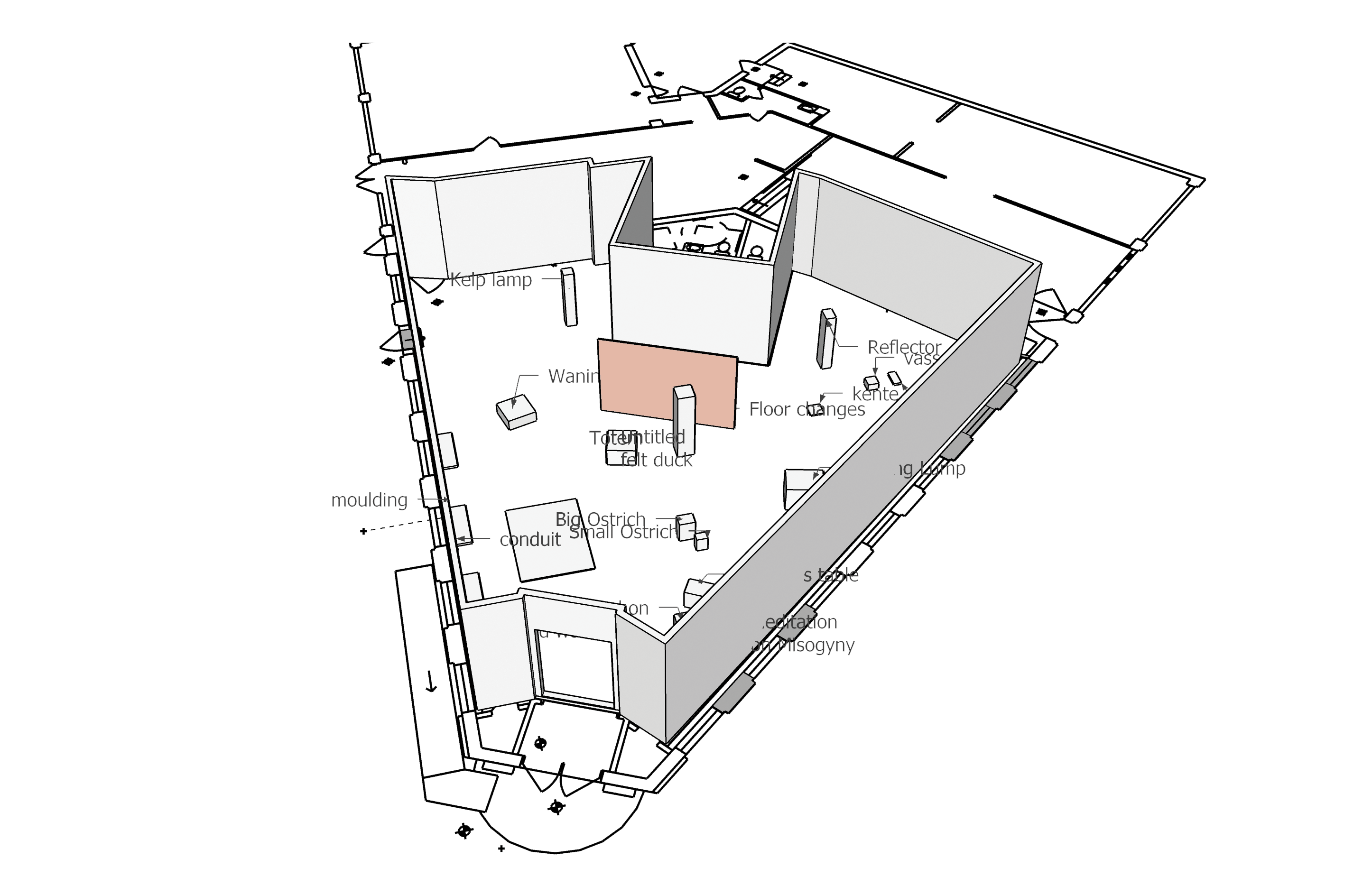
Artists/Designers whose work was in this exhibition:
Donut Shop, Evan Fay, Zhihao Guo, Laith Karmo, Josephine Matte Larsen, Li Chen, Michael Neville, Ato (Kwamena Takyi) Ribeiro, Hayden Allison Richer, Austin Swick and Colin Tury.